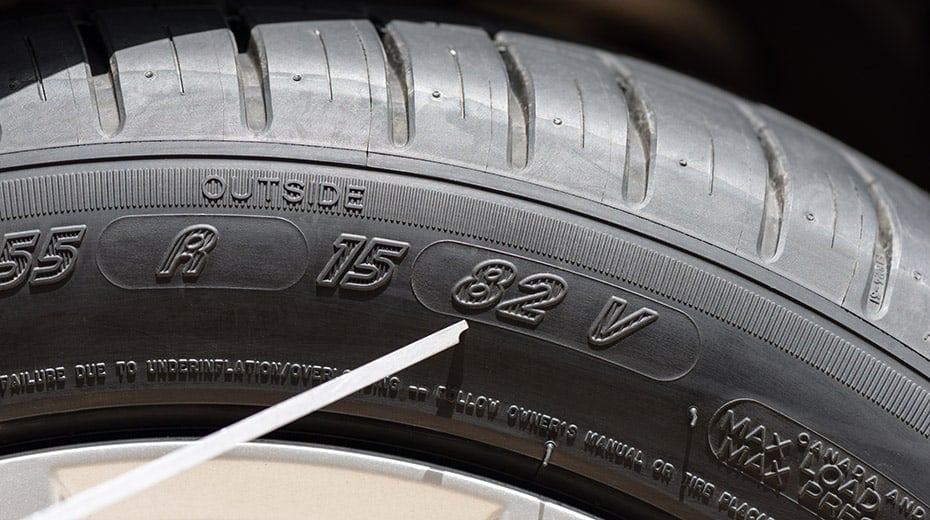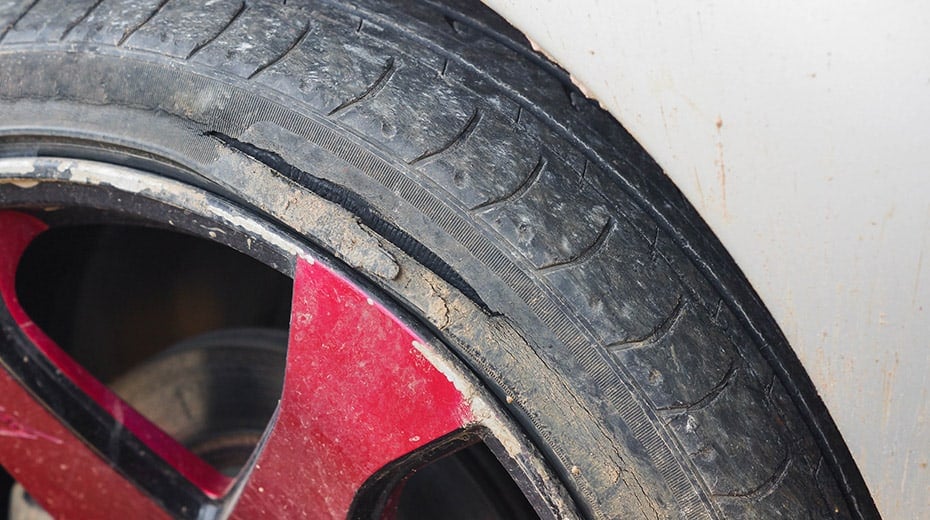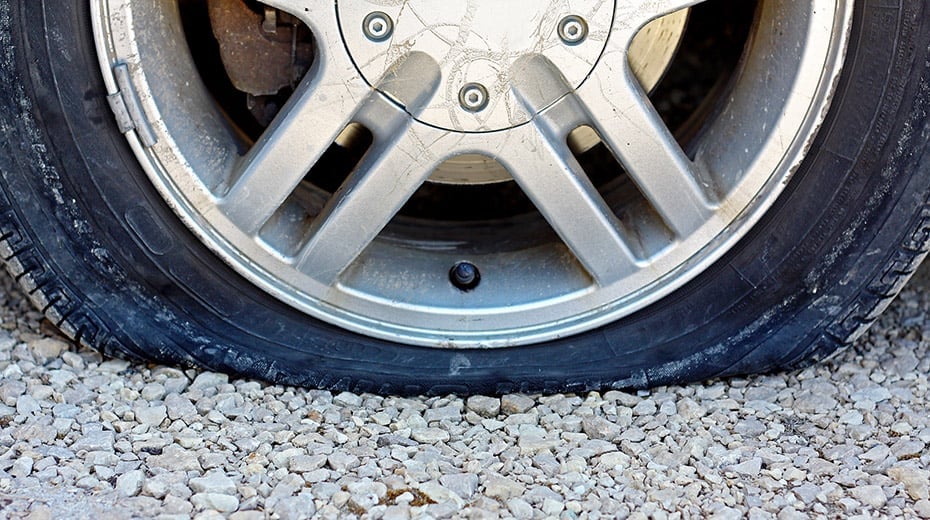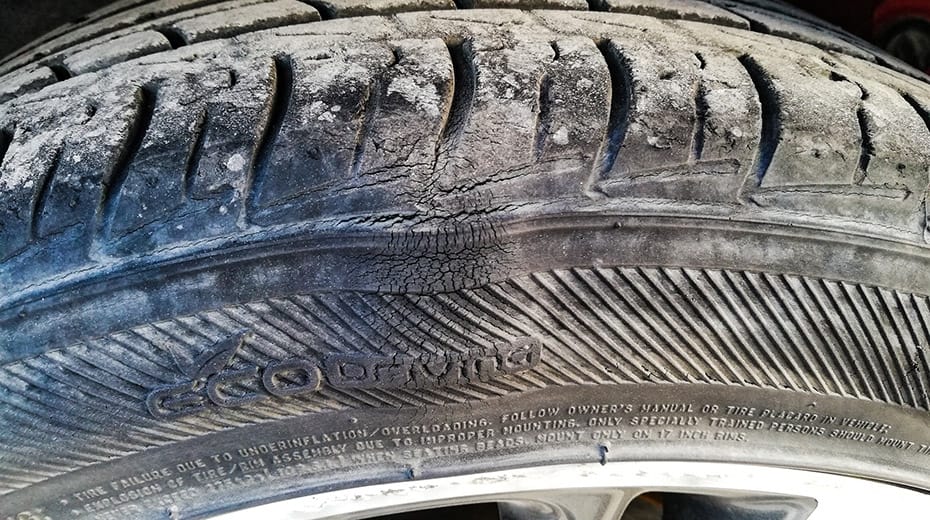




Tire Sidewall Damage: What to Know Before Hitting the Road
Tires might seem straightforward, but the sidewall is where things get serious. This part of the tire holds it all together, and any damage here can spell trouble. Let’s break down what to look for and when to call for backup.
Understanding Tire Sidewalls
The sidewall is that vertical section of the tire you see when you glance at your car from the side. Unlike the tread, which grips the road, the sidewall’s job is to keep everything intact. It’s built tough to handle the pressure and weight of the vehicle.
How Much Damage Is Too Much?

Noticed a cut or tear on the sidewall? Time to investigate. A little surface damage might be fine, but deeper cuts can be a cause for concern. Grab a flashlight and check if you can see any metal wires peeking through. If those wires are visible, it’s time to swap that tire out and head to a shop.
Even if the damage isn’t obvious, it’s better to be safe than sorry. A quick visit to a technician can save a lot of headaches down the road.
Can You Repair a Damaged Tire Sidewall?
Short answer? Nope. If the sidewall’s structure is compromised, there’s no patching it up. Those tires take a beating every day—supporting the car’s weight, handling turns, and dealing with all sorts of road conditions. Trying to fix a damaged sidewall is like putting a Band-Aid on a flat tire. It just doesn’t work.
Types of Tire Sidewall Damage and Their Causes
Any significant damage to the sidewall puts drivers at risk. Here’s a rundown of common issues and what causes them.
Cut/Gash/Tear

Many tires show some cuts or gashes, but not all are serious. A mechanic can help determine if a shallow cut is okay to roll on. But if a tear goes deep enough to reach the wires, it’s time for a new tire.
Puncture

Punctures usually happen in the tread, but they can sneak into the sidewall too. If something sharp like a nail or screw makes its way through, that tire’s done for. No patching here—just a new tire is the way to go.
Deterioration

Ignoring tire maintenance can lead to flat tires, which puts all the weight on the sidewall. Driving on a flat can cause serious damage fast. If that happens, pull over, swap the wheel, and head to a tire shop.
Bulge

Bulges are a big red flag. They mean the sidewall can’t hold air pressure anymore, often due to hitting something hard or just plain old age. If a bulge appears, don’t risk it—swap the tire and get a new one.
Getting a New Tire
When sidewall damage strikes, the best bet is to put on the spare and head to a nearby tire shop. If that’s not an option, consider calling a mobile tire service. They’ll come to you and get the job done on the spot, though you might have to wait a bit for a new tire.
It’s often recommended to replace both tires on the same axle to keep things balanced. This helps with handling and tire wear.

![Assessing Damage: When Is It Considered Excessive? [Guide]](https://autocheep.com/wp-content/uploads/2025/07/Tire-Sidewall-Damage-How-Much-Damage-Is-Too-Much-1024x576.jpg)

